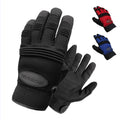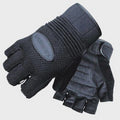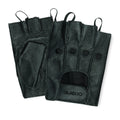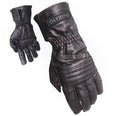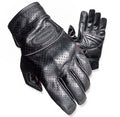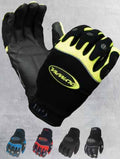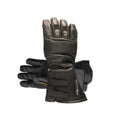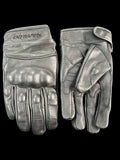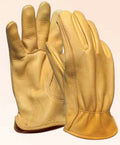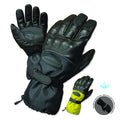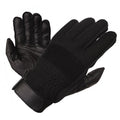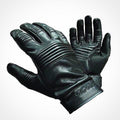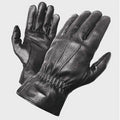China Manufacturing: When Product Quality Goes South
Posted by ROGER HEUMANN
This week, we heard an all-too familiar story of inconsistent quality, from an acquaintance in the accessories business.
Unfortunately, they received a shipment of finished goods that was of such poor quality, that more than 40% was rejected.
As a result, customer back-orders could not be shipped.
How to avoid quality problems like this?
Good quality the first time out, terrible the next
We have no dog in this particular fight — this company is not our customer — but we do have an opinion.
This company ordered their product from the same sourcing agent this company has used before — but a finished goods audit surfaced dozens of quality problems, from crooked seams to poor fit.
Like anything else, there are good China sourcing agents and bad ones, good inspectors and bad ones, good factories, and bad ones.
Our best guess is that the sourcing agent subcontracted this company’s production to a new sub-factory without any procedures to ensure uniform production between factories.
To make things worse, there was probably no inspection during production, or prior to shipping … or possibly, their inspector did not have the judgment to spot the quality problem early in the game.
Quality Basics: China Manufacturing
Clearly, once goods arrive in the States, it’s too late to do anything about a quality problem like this.
Even though restitution will be made for the rejected finished product, there is no getting back the orders that will go unfulfilled. That opportunity cost is expensive indeed.
Here are 3 steps you can take to avoid this:
-
Have clear communication about specs, before the first piece is manufactured, to avoid misunderstanding about your quality standards.
-
Have inspections at key points during your manufacturing process; get top of production samples sent, and get the goods inspected before they ship.
- If possible, pay a visit to the prospective supplier to see their manufacturing processes in action. Or when working with a sourcing agent, ask what procedures are in place to assure quality.
As an example, we explain our factory’s manufacturing, quality and inspection processes here:
3 Ways to Insure You Manufacture a Top Quality Glove.
Unexpected Problems From A Glove Factory
Even when you take the steps outlined above, problems will STILL come up. The real world presents a million little problems that you’d never anticipate.
For instance, in our glove factory we recently we received a raw material with spots all over it. Yikes … that’s certainly not our customer’s spec … and we’ve never seen this problem before. What to do?
Turns out, upon investigation, the supplier’s spray machine wasn’t cleaned, and the raw material finish was therefore contaminated with a second color — resulting in the black spots.
To solve this, we were able to “cut around” the spots and use some of the material, while correcting it at the source. This offset the delay that rejecting the entire run would cause.
Pay Now, or Pay Later!
What’s our point in relating these stories? These are the lessons:
Whether you use a sourcing agent, or work directly with a factory, things go wrong. A trustworthy partner who can provide options will be more valuable than low price in the long run.
Ask prospective sourcing and manufacturing partners how they solve quality challenges, and what systems they have in place to avoid them in the first place.
When choosing your supplier, ask questions beyond the quoted cost.
It’s time for you to weigh in. Have you ever experienced unexpected sourcing or manufacturing quality problems? How were they solved?
Glove manufacturing quality concerns? Feel free to get in touch.
TAGS:



